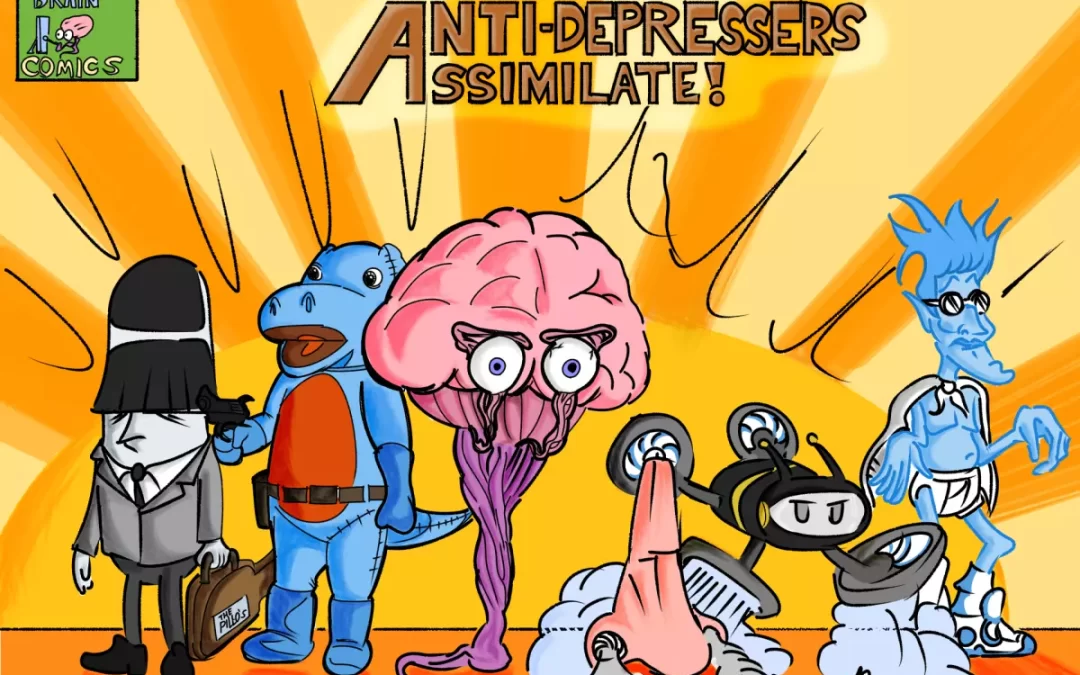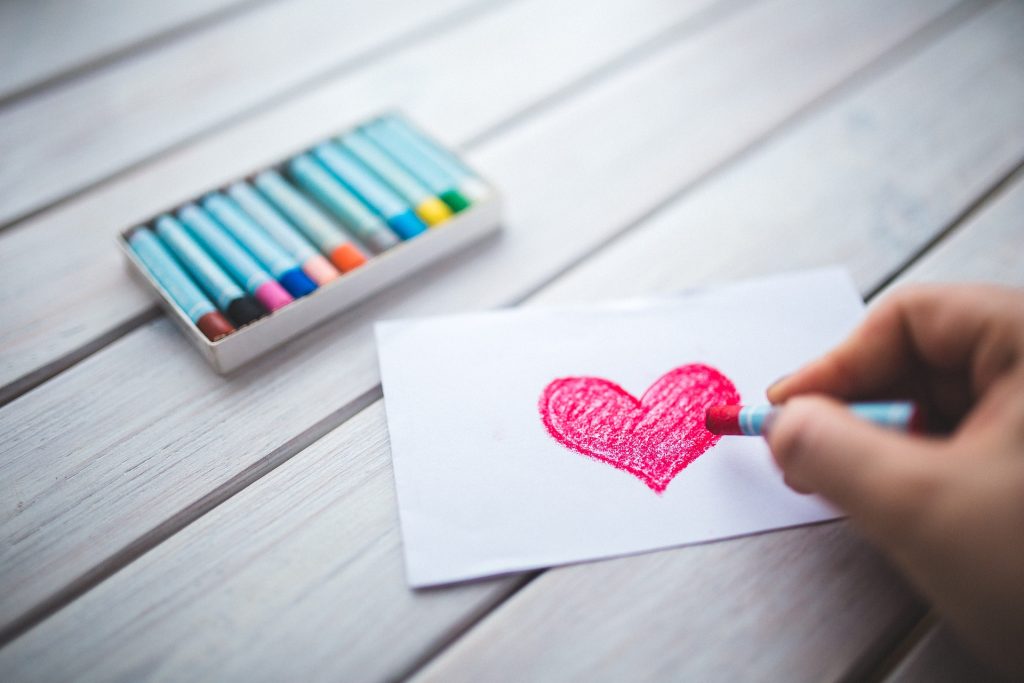In the vast expanse of human creativity, drawing stands as a profound medium that transcends language barriers, cultural differences, and even time itself. The act of drawing has been a fundamental expression of human imagination, starting from the ancient cave paintings all the way to modern digital art.
Beyond its artistic appeal, drawing holds a fascinating connection to brain function, impacting creativity and stimulating brain cell activity.
Let’s dive deeper into the intricate relationship between drawing, creativity, and brain activity and see how this timeless practice unlocks the depths of our imaginative potential.
The Artistic Journey
At the heart of the creative process lies the act of visualization – the ability to conjure images and concepts from the depths of one’s mind. Drawing serves as a tangible manifestation of this process, enabling individuals to externalize their thoughts and ideas onto paper or canvas.
Regardless of whether you’re working on a rough sketch or a detailed masterpiece, each stroke of the pen or brush represents a unique expression of creativity.
Drawing transcends mere representation; it fosters experimentation and innovation. Artists, both amateur and professional, often find themselves immersed in a world of endless possibilities, where lines, shapes, and colors converge to form new realities. This fluidity of expression not only fuels creativity but also stimulates the brain’s neural networks, promoting cognitive flexibility and problem-solving skills.
The Science Behind Drawing
The connection between drawing and brain activity is a subject of extensive scientific inquiry. Neuroscientific studies have revealed that engaging in artistic activities, such as drawing, stimulates various regions of the brain associated with creativity, imagination, and cognition.
One such study, conducted by researchers at Drexel University, demonstrated that drawing activates the brain’s reward system, releasing dopamine – a neurotransmitter linked to motivation and pleasure.
Furthermore, drawing has been shown to enhance connectivity between different brain regions, fostering communication and integration of information. This interconnected network of neural pathways facilitates the synthesis of ideas and the generation of novel solutions to complex problems.
In essence, drawing serves as a catalyst for neural plasticity, the brain’s ability to reorganize and adapt in response to new experiences.
Hulk vs. Superman: A Creative Challenge
To illustrate the transformative power of drawing on creativity and brain cell activity, let us embark on a creative journey inspired by the iconic characters, Hulk vs Superman. Imagine a blank canvas stretched before you, beckoning you to unleash your imagination.
As you sketch the formidable figures of Hulk and Superman, each line and contour becomes a conduit for creative expression. The clash of titans unfolds on the canvas, as vivid colors and dynamic compositions bring the epic battle to life.
With each stroke of the brush, your mind dances between the realms of fantasy and reality, navigating the intricacies of character design and storytelling.
The process of drawing “Hulk vs. Superman” not only ignites your creative instincts but also engages your cognitive faculties at a profound level. As you conceptualize the scene, your brain leaps from one idea to another, weaving a narrative tapestry that captivates the imagination.
In this creative exchange, brain cells fire with fervor, forging new connections and pathways that enhance cognitive function and stimulate innovation.
Practical Benefits of Drawing
Beyond its artistic allure, drawing offers a myriad of practical benefits that extend to various aspects of life. Drawing can positively impact various aspects of physical, mental, and emotional well-being. Here are some of the key health benefits this activity offers:
- Stress Release: Drawing serves as a therapeutic outlet for stress relief. The meditative process of focusing on lines, shapes, and colors can promote relaxation, reduce cortisol levels, and alleviate feelings of anxiety and tension.
- Improved Cognitive Function: Drawing stimulates brain activity and promotes cognitive function. It enhances neural connectivity, improves concentration, and sharpens attention to detail. Regular drawing practice has been associated with enhanced problem-solving skills and increased mental acuity.
- Emotional Expression: Drawing provides a means of emotional expression and self-discovery. Through art, individuals can explore their thoughts, feelings, and experiences in a non-verbal manner, fostering emotional resilience and self-awareness.
- Boosted Creativity: Engaging in drawing activities encourages divergent thinking and creativity. It cultivates imagination, encourages experimentation, and expands the capacity for innovative thinking. Drawing prompts the brain to explore alternative perspectives and generate novel ideas.
- Fine Motor Skills: Drawing involves precise hand-eye coordination and fine motor control. As individuals manipulate pencils, pens, or brushes, they refine their dexterity and coordination, which can be particularly beneficial for children’s development and older adults’ cognitive health.
- Better Communication: Drawing serves as a universal language that transcends cultural and linguistic barriers. It provides a visual means of communication, enabling individuals to convey ideas, concepts, and emotions with clarity and expressiveness. For individuals with communication difficulties, such as those with autism spectrum disorder, drawing can facilitate self-expression and social interaction.
- Improved Memory: Engaging in drawing activities can enhance memory retention and recall. Creating visual representations of information, such as diagrams, charts, or mind maps, reinforces learning and aids in information processing. Drawing from memory also exercises the brain’s ability to store and retrieve information.
- Relaxation and Mindfulness: Drawing promotes mindfulness and present-moment awareness. The act of drawing requires focused attention on the present task, allowing individuals to enter a state of flow where worries and distractions fade away. This meditative quality of drawing fosters a sense of calmness and inner peace.
- Increased Self-Esteem: Through drawing, individuals can develop a sense of accomplishment and self-confidence. Striving to improve their artistic skills over time and receiving positive feedback from others can boost self-esteem and foster a sense of pride in one’s abilities.
- Social Connection: Drawing can be a social activity that fosters connection and camaraderie. Participating in art classes, workshops, or collaborative projects provides opportunities for interaction, mutual support, and shared creative experiences, which can contribute to a sense of belonging and community.
All in all, whether practiced as a hobby, therapeutic intervention, or educational tool, drawing holds the potential to enrich lives and nurture the body, mind, and spirit.
The Bottom Line
Drawing is so much more than just a creative pastime; it is a gateway to the boundless realms of imagination and innovation. Through the act of drawing, we externalize our thoughts and ideas and engage our brains in a dynamic interplay of creativity and cognition.
Drawing enriches our lives in profound ways, leaving an indelible mark on both our minds and our souls.
So, the next time you pick up a pencil or a brush, remember the transformative power that lies within your grasp – the power to unleash your creative potential and illuminate the world with your unique vision.



